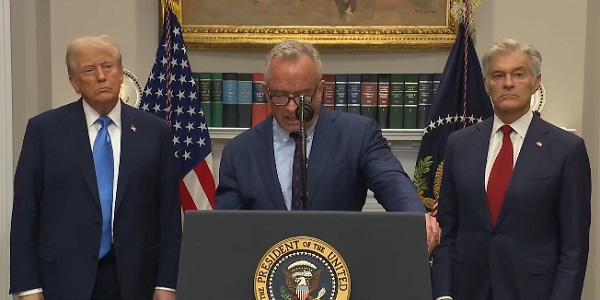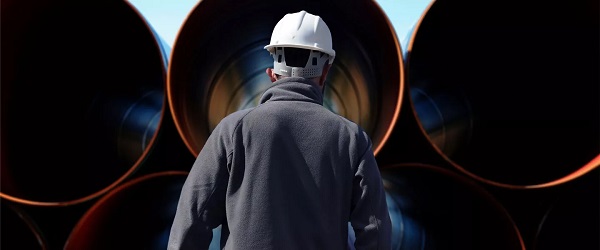Business
Behind the latest CPI Numbers: Inflation Slows, But Living Costs Don’t
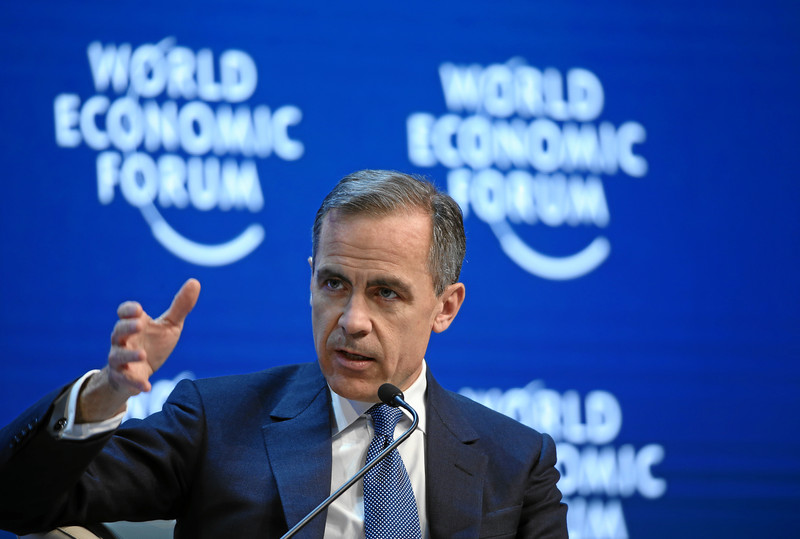
Behind the 1.7% headline, falling gas prices mask deeper affordability issues—from rising rents and mortgage costs to inflated essentials still burdening working Canadians.
Canada’s latest Consumer Price Index (CPI) report dropped this week, and if you believe the headlines, things are looking up. The Trudeau government is gone, Mark Carney is in charge, and the narrative from the media-industrial complex is that inflation is under control. The truth, however, is far more complicated—and much uglier.
Let’s break it down.
The Good
Let’s start with the headline everyone’s pretending is a victory: inflation is at 1.7%. That’s the lowest in recent memory. Great, right? Well, before we throw a parade for Mark Carney and the ghost of Justin Trudeau, let’s be honest about why that number dropped.
It’s because they killed the carbon tax. That’s it. The federal consumer carbon levy—gone as of April 1st—took a sledgehammer to gasoline prices. Down 15.5% year-over-year. That’s not Liberal brilliance; that’s what happens when you stop punishing working people for heating their homes and driving to their jobs. It’s the most obvious economic lesson in the world—and it took a political collapse to learn it.
And sure, some other costs went down too. Airfare, travel tours, natural gas—all dipping. But let’s be honest here: how many average Canadians are flying to tropical resorts right now? Those declines are meaningless unless you’re upper-middle class or live in a city with piped-in gas. For most people, this isn’t relief—it’s background noise.
So yes, things look “better” on paper. But that’s only because Ottawa stopped making them actively worse. Don’t confuse less harm with actual help.
The Bad
Now, if you strip away the smoke and mirrors—take out gas and energy, the very components that dropped because the Liberals stopped interfering—you’ll find core inflation is still sitting at 2.7%. That’s above the Bank of Canada’s target. So while they’re bragging about a “cooling economy,” everything that actually matters to working people is still getting more expensive.
Start with rent—up 4.5% nationwide. And in Ontario, where they’re spinning it as a “slowdown,” it’s still climbing at 3%. Let’s be blunt: this is the Trudeau housing crisis in full bloom. Years of unchecked immigration, foreign investment, and anti-building regulations have created a market where young Canadians can’t dream of buying, and now can’t even afford to rent. This isn’t stability—it’s metastasis.
And then there’s food. Up 3.4% year-over-year. That’s every single trip to the grocery store hitting harder. Why? Because for years, this government pumped the economy full of cheap cash, shut down critical supply chains, and slapped on regulation after regulation—then acted shocked when bread and eggs cost more than your phone bill.
So no, the bad news didn’t disappear. It’s just buried under a layer of statistical gaslighting.
The Ugly
This is where the mask really slips.
Let’s start with mortgage interest—up 6.2% year-over-year. That’s the 21st consecutive month of rising costs for homeowners. Why? Because the Carney–Trudeau economic cartel raised rates into the stratosphere to fix the very inflation they helped ignite. Now the middle class is getting crushed under monthly payments they can’t afford, and the Liberal elite shrugs, sipping Chardonnay in their fully paid-off Ottawa brownstones.
But it doesn’t stop there.
Telephone services shot up 7.2% in just one month. Remember when Trudeau promised affordable internet and more competition in telecom? Yeah—didn’t happen. Instead, we’ve got an oligopoly of pampered monopolies bleeding Canadians dry, with zero consequences. They feast, you pay. That’s the Liberal model.
And then there’s the EV scam—the real gem of elite technocracy. New car prices are up 4.9%, driven mostly by electric vehicles. Why? Because the government is subsidizing them with your tax dollars while simultaneously making it harder and more expensive to buy a gas-powered car. They call it “green policy”—you call it unaffordable transportation.
This isn’t economic policy. It’s social engineering through price pain. And it’s working—just not for you.
Final Thoughts
So here’s where we are: inflation is down—but not because of any real reform. It’s down because the Liberals were forced, kicking and screaming, to repeal a tax that never should’ve existed. Meanwhile, the real cost of living continues to grind down working Canadians, and the architects of this disaster are still in power—just with a different name on the door.
Mark Carney, Trudeau’s former banker-in-chief, is now the frontman for the same agenda: globalist economics, central planning, and performative concern for affordability—all while mortgage costs rise, rent stays unaffordable, and you get nickeled and dimed on everything from food to phone bills.
They’ll tell you this is progress. It’s not. It’s a managed decline, and the only reason it’s slowing is because the wrecking crew paused long enough to read the polls.
Don’t be fooled by the numbers. This is what it looks like when a political class tries to walk back years of economic sabotage without ever admitting fault. They won’t stop unless you make them.
Until then, this isn’t a recovery—it’s a recalibration of how much you’re allowed to lose. And the people who built the system want you to be grateful for it.
Subscribe to The Opposition with Dan Knight .
For the full experience, upgrade your subscription.
Business
PM Carney’s Astounding Conflicts Are Clearly Exposed. What Will Parliament, The Media, And Voters Do About It?
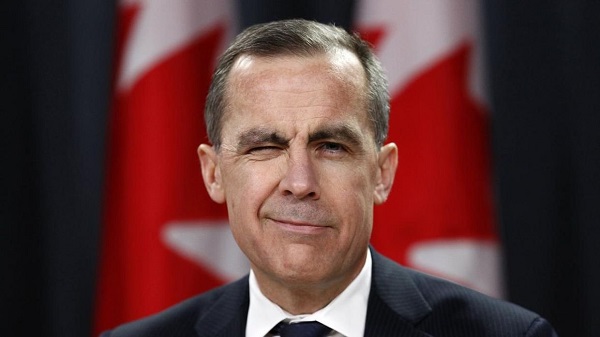
Will opposition parties force an election? Will the media demand Carney account for his conflicts? Will voters continue to allow Carney and Brookfield to profit from Carney’s leadership as they condemn the US President for doing the same?
NEWS ALERT!!!! https://t.co/HrhXGCyfPq
— Andrew Scheer (@AndrewScheer) October 1, 2025
From Conservative Party Communications
Conservative members of the Ethics Committee released the following statement on its ongoing investigation into Prime Minister Mark Carney’s conflicts of interest:
“Yesterday, the Ethics Committee heard scathing testimony from Canada’s leading ethics and accountability experts on the façade that is Mark Carney’s so-called blind trust – and his conflict of interest screen which is nothing more than a smokescreen.
“Leading ethics and conflict of interest experts told MPs that these measures are entirely insufficient, and that Prime Minister Carney stands to make millions from his investments while keeping them largely hidden from Canadians. The breadth of Carney’s conflicts and potential to benefit financially are entirely unprecedented in federal Canadian politics.
“Carney was involved in structuring Brookfield’s Global Transition Funds, from which he is set to receive carried interest payments potentially worth tens of millions of dollars. Carney knows exactly what assets are in these funds, but he has refused to disclose them. If the funds make money, he makes money – and the decisions he makes as Prime Minister will impact their value.
“Democracy Watch founder Duff Conacher testified that the Conflict of Interest Act allows Carney to ‘secretly profit’ from ‘secret investments’ – dismissing blind trusts as ‘not blind at all’ – and confirmed that Carney knows exactly what is in his blind trust. It is only the public that is blind to the full extent of the Prime Minister’s holdings.
“As currently written, the Act allows the Prime Minister to participate in ‘99% of the decisions’ that impact his private investments. Conacher considers the legislation a ‘sad joke’ – noting that ‘any time [Carney] is making a decision that affects businesses in Canada, he is in a financial conflict of interest.’
“As York University’s Dr. Ian Steadman told the Committee, blind trusts simply ‘aren’t enough’ to prevent public office holders from advancing their personal financial interests.
“Witnesses also slammed the Prime Minister’s conflict of interest screen. The screen is enforced by Carney’s top two aides who serve at his pleasure and are not independent. It lacks any transparency or oversight mechanism, which Conacher noted is a violation of the Act.
“The Ethics Commissioner has the power to strengthen the ethics screen and enforce full transparency today. He has failed to do so. This is deeply troubling, and must be addressed.
“These revelations are just the tip of the iceberg in an ongoing investigation. Conservatives will continue to expose Mark Carney’s unprecedented conflicts of interests and fight to close the loopholes in the Act that the Prime Minister is taking advantage of.”
Alberta
Ottawa’s Firearms Buyback Plan: Federal Government Puts Provincial Authority In Its Sights

From the Frontier Centre for Public Policy
It’s about politics and provinces are right to refuse to play along
Federal Public Safety Minister Gary Anandasangaree’s leaked admission that Ottawa’s firearms buyback is unenforceable was no slip. It exposed the way federal power is deployed for partisan gain while provinces are left to pay the bill.
The leak matters because it exposes a pattern, not an exception. Ottawa drafts policies to suit its politics and expects provinces to carry the weight. Police budgets, university research chairs, hospital systems and housing markets are treated as levers to be pulled from Ottawa. The effects are felt locally, but the decisions are made elsewhere.
Consider the pattern. The Online Harms Act, rejected more than once, is introduced yet again, as if repetition can substitute for consent. Health care dollars are tied to federal strings that reorder provincial systems with no regard for local capacity. Immigration quotas climb at a pace provinces cannot house or school. Environmental rules descend without negotiation, upending years of co-operative planning. Each measure arrives as an edict. Consultation is reduced to announcement.
Resistance has already begun. Saskatchewan moved early, adopting legislation that makes any federal confiscation program subject to provincial authority, including RCMP operations. In Alberta, Premier Danielle Smith has gone further, declaring flatly: “We will not allow police in Alberta to confiscate previously legal firearms. I have directed two of my ministers to relentlessly defend Albertans’ right to lawful and safe possession of firearms and the right to self-defence.”
Even before the introduction of the Sovereignty Act, Tyler Shandro, then Alberta’s justice minister, announced that the province would not use its police or prosecutors to carry out confiscations. Although former premier Jason Kenney opposed a Sovereignty Act, his government likewise refused to act as Ottawa’s enforcer.
Alberta and Saskatchewan have since given themselves legislative tools, Sovereignty Acts, which assert the right of provinces to decline enforcement of federal laws they judge unconstitutional. These statutes formalize existing constitutional powers. Provinces without Sovereignty Acts have also drawn lines. Ontario has signalled its refusal to help enforce Ottawa’s firearms program.
These positions are lawful, rooted in the Constitution’s division of powers, which assigns the administration of justice and policing to the provinces.
This clarity ought to attract others. Manitoba, with one of the highest proportions of licensed hunters in the country, has strong reason to resist Ottawa’s targeting of lawful gun owners. Communities are not made safer by seizing deer rifles from responsible hunters, nor are public services improved by diverting scarce provincial resources into a program that federal ministers concede will not work. Manitoba would do well to follow Alberta and Saskatchewan in defending its jurisdiction, whether through a Sovereignty Act or by refusing to play Ottawa’s game.
The point is practical. Prairie provinces cannot spare rural detachments to seize hunters’ rifles because the Liberal caucus fears losing seats in Montreal. They cannot put their power grids at risk to meet Ottawa’s timelines while households absorb higher bills. Universities cannot be turned into federal policy pilot projects. Provinces exist to govern their own communities, not to absorb the fallout of federal experiments.
The genius of federalism lies in the division of authority, which encourages compromise and minimizes tyrannical imposition. Ottawa governs in its sphere, provinces in theirs. Where the two overlap, cooperation must be negotiated, not imposed. Sovereignty Acts sharpen that principle. They remind Ottawa that partnership is earned, not dictated.
What Anandasangaree’s admission exposed was not only the cynicism of one firearms program. It revealed a method of governing: federal power deployed for partisan gain, with provinces reduced to instruments. That cannot endure. Canada was never meant to be a chain of command. It was built as a contract—one that requires respect for provincial authority.
Provinces that refuse to carry out Ottawa’s politically motivated projects are not weakening Canada; they are enforcing its terms.
Marco Navarro-Genie is vice-president of research at the Frontier Centre for Public Policy and co-author, with Barry Cooper, of Canada’s COVID: The Story of a Pandemic Moral Panic (2023).
-

 Alberta2 days ago
Alberta2 days ago$150 a week from the Province to help families with students 12 and under if teachers go on strike next week
-
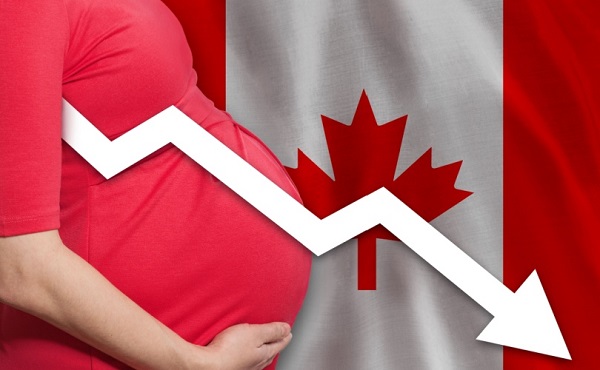
 National2 days ago
National2 days agoCanada’s birth rate plummets to an all-time low
-
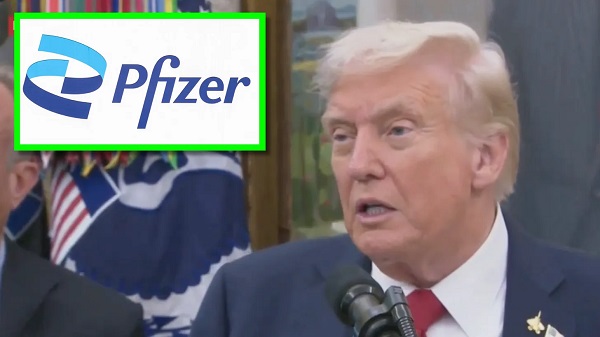
 Business2 days ago
Business2 days agoPfizer Bows to Trump in ‘Historic’ Drug Price-Cutting Deal
-
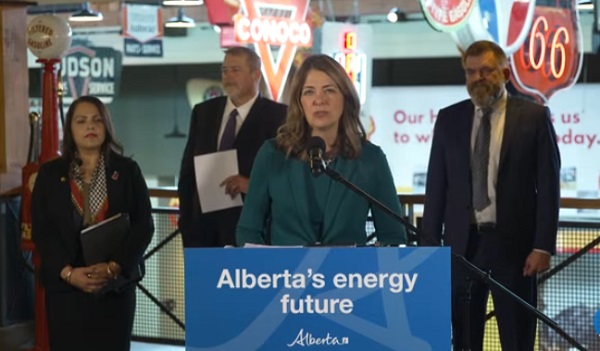
 Alberta23 hours ago
Alberta23 hours agoAlberta Takes The Lead: With no company willing to spearhead a new pipeline under federal restrictions, Danielle Smith grabs the reins
-

 illegal immigration2 days ago
illegal immigration2 days agoIreland to pay migrant families €10,000 to drop asylum claims, leave country
-
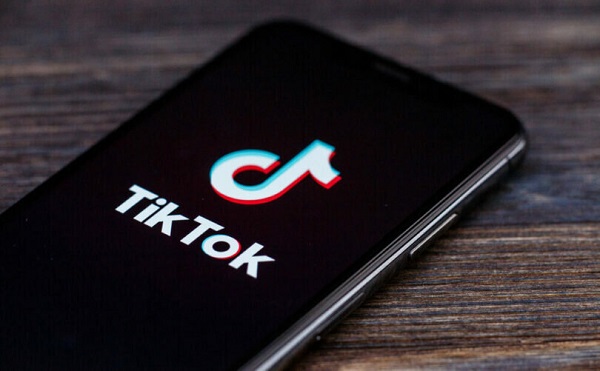
 International1 day ago
International1 day agoNetanyahu hails TikTok takeover as Israel’s new ‘weapon’ in information war
-
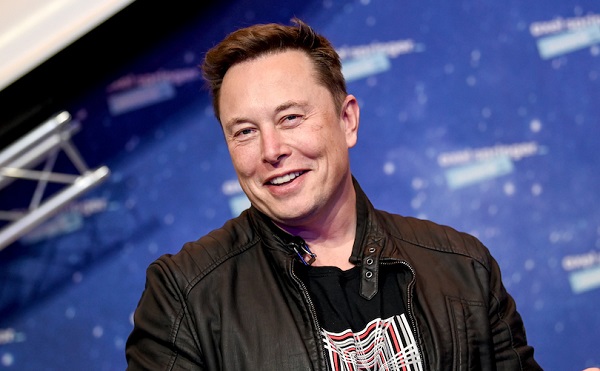
 Business1 day ago
Business1 day agoElon Musk announces ‘Grokipedia’ project after Tucker Carlson highlights Wikipedia bias
-

 espionage1 day ago
espionage1 day agoNorth Americans are becoming numb to surveillance.






